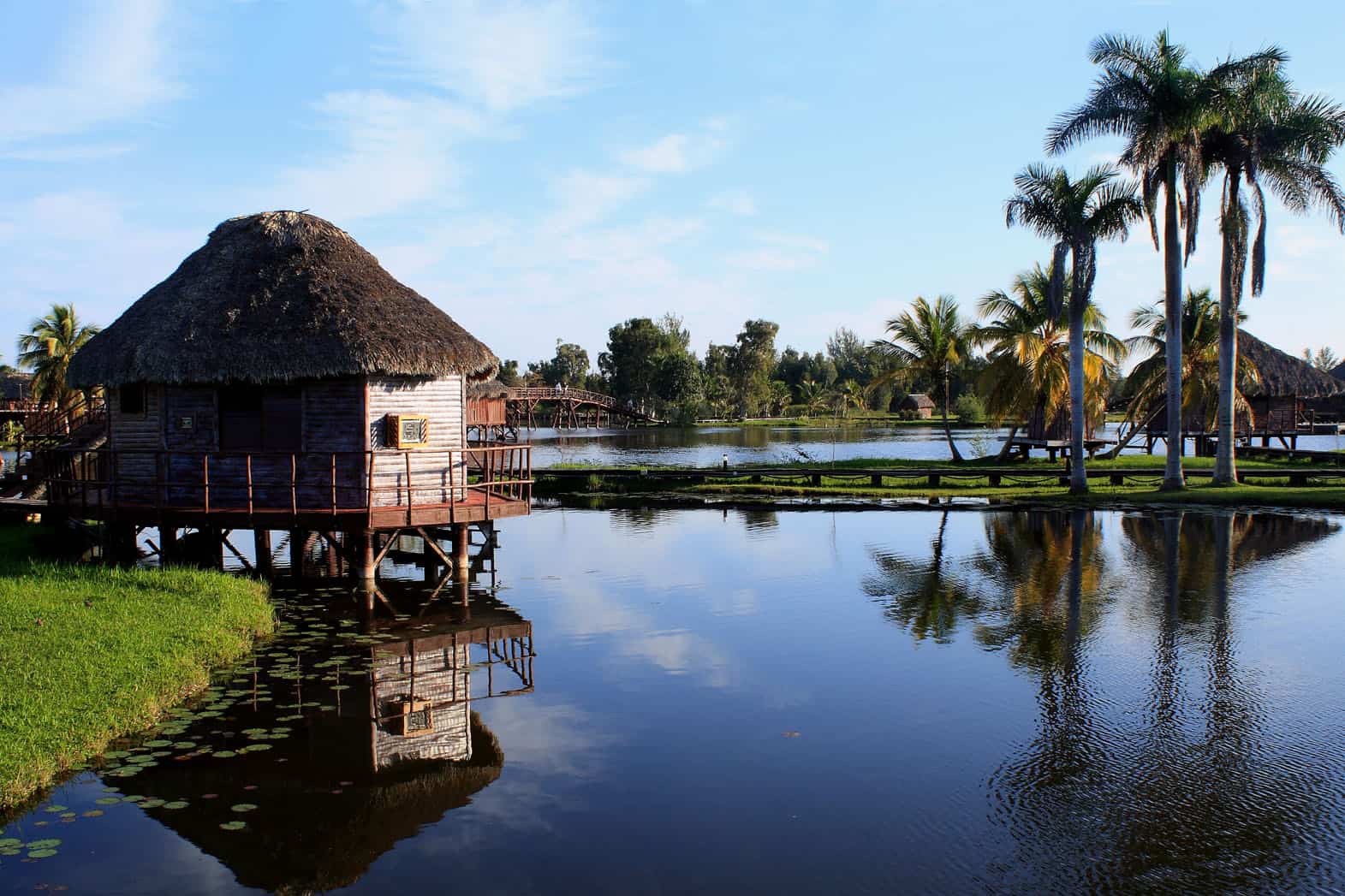
El Parque Nacional Ciénaga de Zapata en Cuba El Souvenir
The Ciénaga de Zapata National Park constitutes one of the most significant attractions in the culture-driven northwestern province of Matanzas. You'll explore the endemic flora and fauna of Cuba through various park activities, including diving, bird watching, and even crossing through the crocodile breeding grounds.
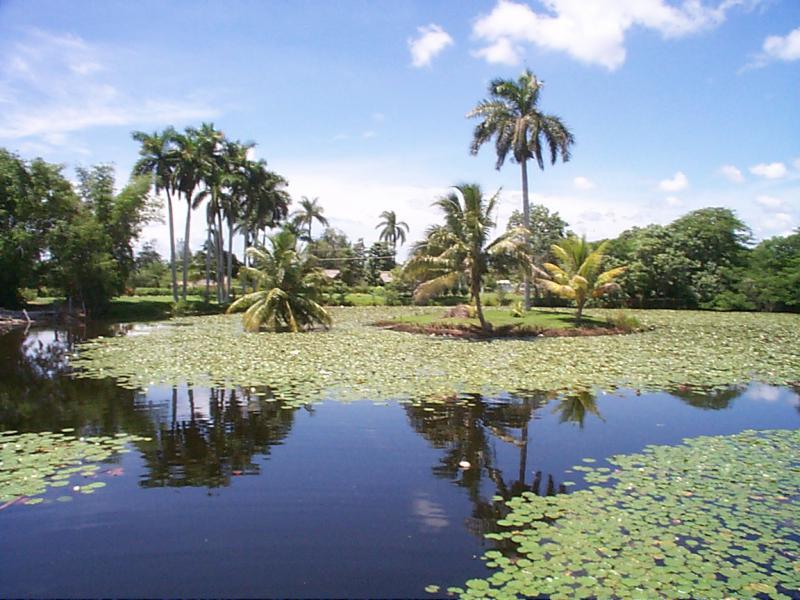
Ciénaga de Zapata a la categoría de Patrimonio Mundial Natural Pensando Américas
The Ciénaga de Zapata National Park is located on the Península de Zapata in south-central Cuba. This national park is comprised of important wetlands, and is home to the best birding and fishing in the country. ← →. At 1,211,847 acres (490,417 ha), the Ciénaga de Zapata National Park is massive. It covers most of the entire Península.

5 MustSee Places in Cuba Ciénaga de Zapata National Park Cuba Cuban
The Zapata Swamp ( Spanish: Ciénaga de Zapata, Spanish pronunciation: [ˈsjenaɣa ðe saˈpata]) is located on the Zapata Peninsula in the southern Matanzas Province of Cuba, in the municipality of Ciénaga de Zapata. It is located less than 150 kilometres (93 mi) southeast of Havana. [11] Species and preservation
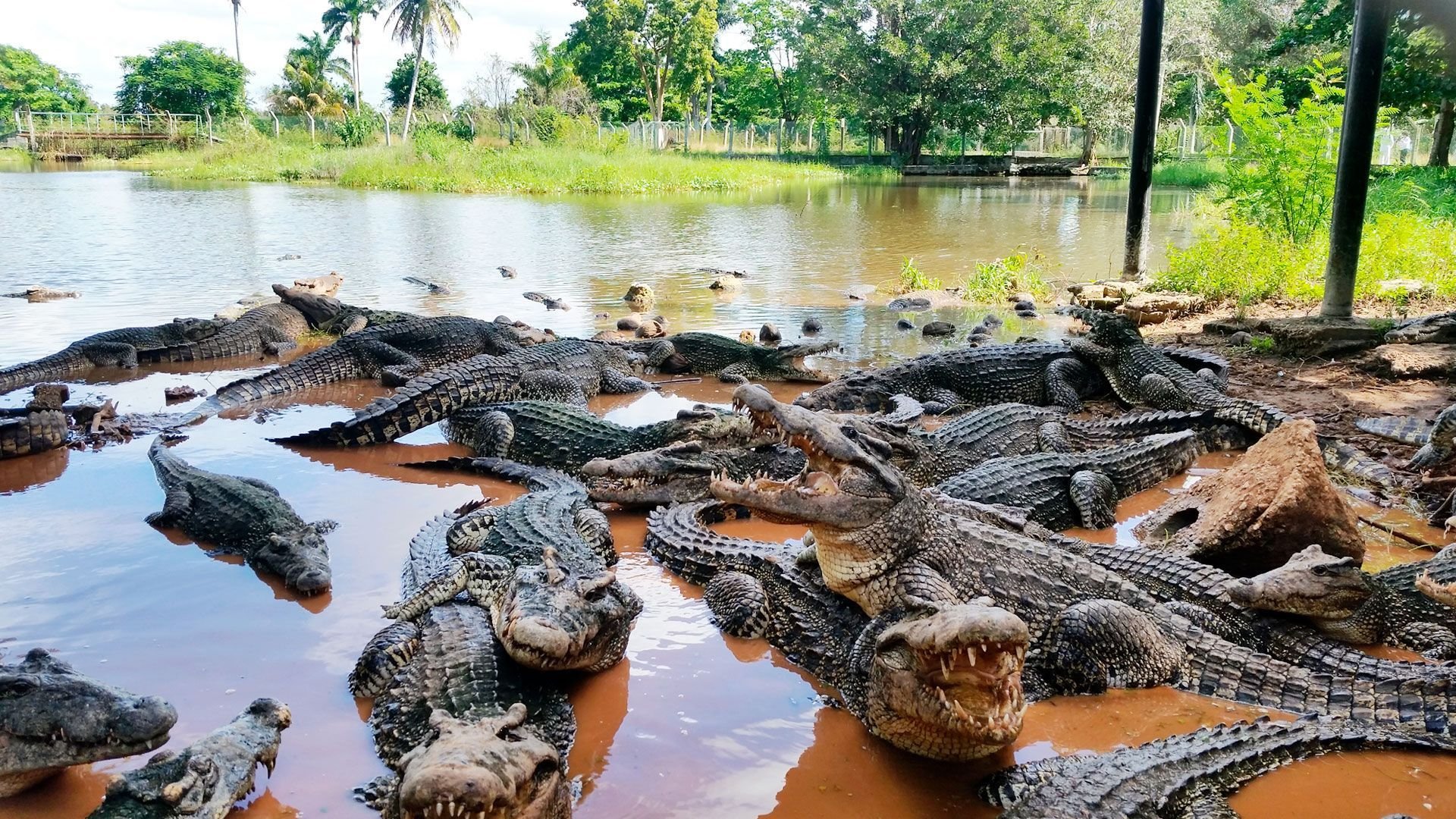
Cienaga De Zapata, the Largest Swamp in Cuba
The Ciénaga de Zapata is the largest wetland of the insular Caribbean being a green destination par excellence, since it contains various tourist attractions, mainly related to nature tourism, beach, sport fishing and diving. It concentrates the main tourist attractions of the region, such as the pier of La Boca, the Laguna del Tesoro, the Taino Village, the Fish Cave, Playa Larga, Playa.
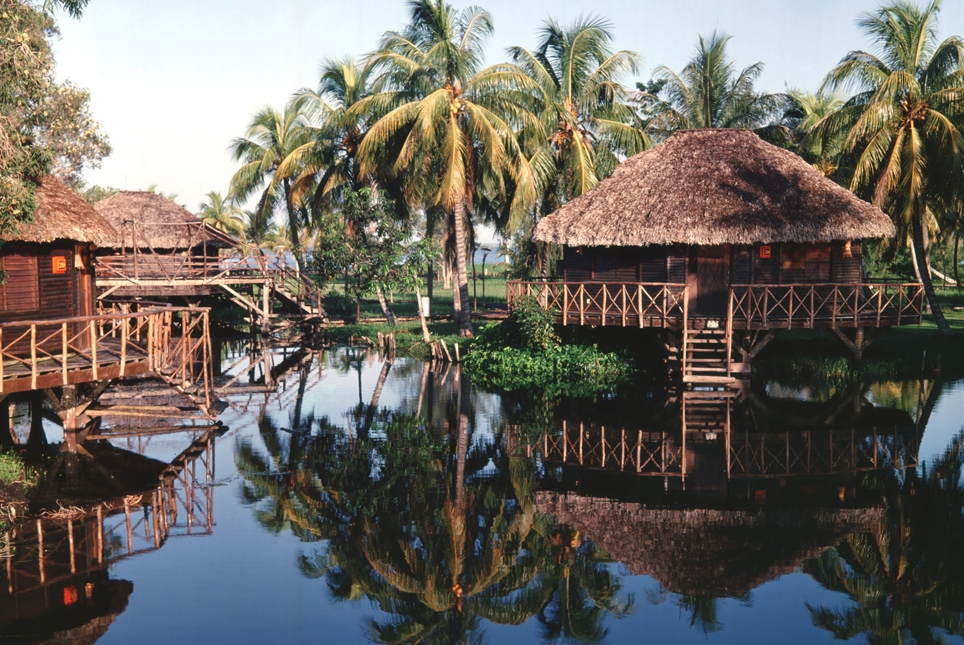
What to do in La Cienaga de Zapata La Cienaga de Zapata
Cienaga de Zapata, Cuba. Ciénaga de Zapata National Park is 82 miles (132 km) south of Havana, in Cuba's Central Heartland region. This wildlife reserve protects miles of rare mangrove forest and swamps that are lively with unusual wildlife. HOTELS.
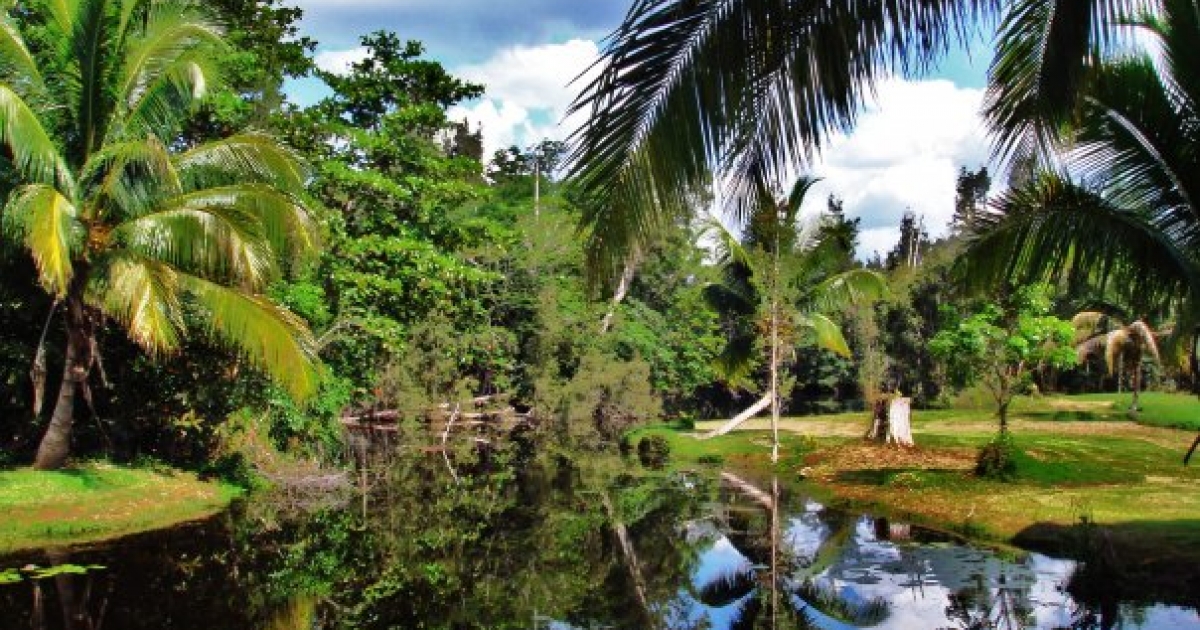
Ciénaga de Zapata Reserva de la biosfera de la UNESCO y paraíso natural cubano CubaConecta 🇨🇺
The Ciénaga de Zapata Biosphere Reserve (established 2000) is a UNESCO Biosphere Reserve situated on the southern coast of Cuba at Matanzas province. The 628,171 hectares (2,425.38 sq mi) reserve encompasses the Zapata Swamp and is one of the largest and most important wetlands in the Caribbean region with a marine southern borderline.
.jpg)
Ciénaga de Zapata Biosphere Reserve and National Park (Cuba) LAC Geo
Ciénaga de Zapata National Park is a vast wetland about 2 hours south of Havana. It comprises flat swampy grasslands, dense mangrove forests, stunning coral reefs, underwater canyons and vast wetlands. This beautiful part of Cuba supports a varied ecosystem which is home to an abundance of wildlife.
Ciénaga de Zapata impresionante destino de naturaleza en Cuba
The Ciénaga de Zapata is one of the best birdwatching areas in the world. A good birdwatching guide in the national park is Orestes Martinez Garcias, a.k.a. "El Chino.". address: Caletón (just west of Playa Larga), Cienaga de Zapata, Matanzas, CP 43000. The best guidebook is "Field Guide to the Birds of Cuba," by Orlando H. Garrido, Arturo.
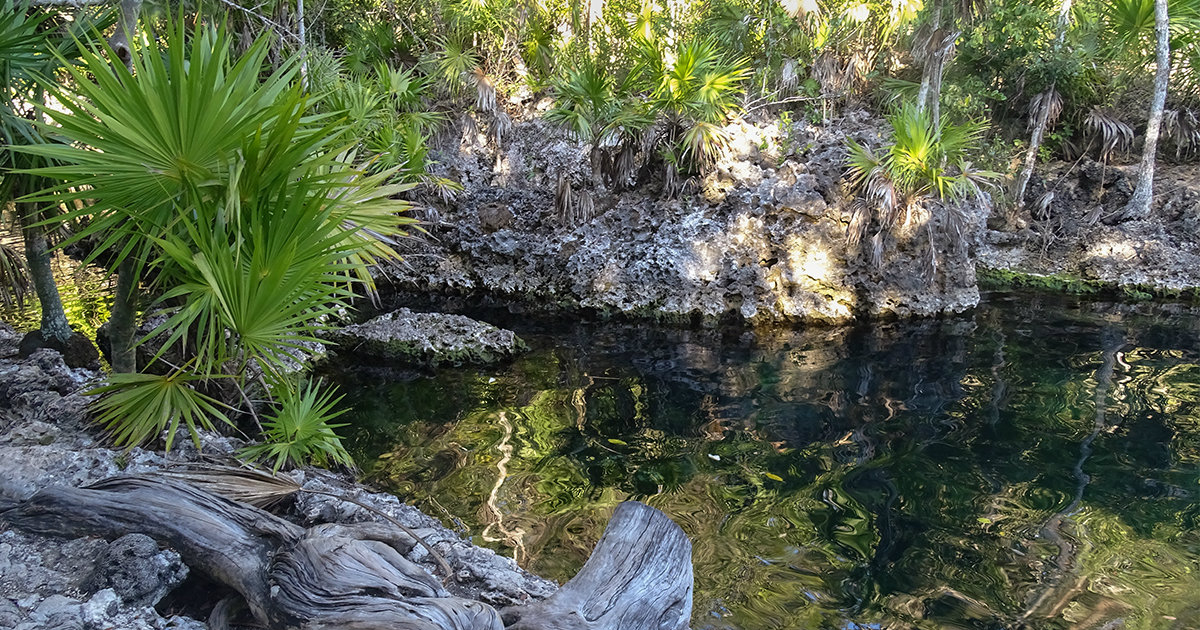
Visita la Ciénaga de Zapata y disfruta la belleza natural de Cuba
Ciénaga de Zapata. Ciénaga de Zapata (Zapata Swamp) is located on the Zapata Peninsula in the southern Matanzas Province of Cuba, in the municipality of Ciénaga de Zapata. It is located less than 150 km (93 mi) southeast of Havana and has a total area of over 4,000 sq km (1,544 sq mi). The Zapata Peninsula ( Península de Zapata) is a large.
_0.jpg)
Ciénaga de Zapata Biosphere Reserve and National Park (Cuba) LAC Geo
Zapata Swamp, or in Spanish Cienaga de Zapata, is one of the most extensive remnants of coastal Caribbean biodiversity left in the region. Now a prized National Park for Cuba, and proposed World Heritage Site, this area covering more than 2300 square miles encompasses swap prairies, forests, blue-water beaches, rivers, lakes, flooded caverns.

Ciénaga de Zapata un destino turístico prometedor en Cuba
Parque Nacional Ciénaga de Zapata is in Matanzas province of Western Cuba . The national park is one of the best birdwatching areas in the world. Plus it has scuba diving and beautiful beaches. It's on Cuba's south coast, in the middle of the country, about a two-hour drive from Havana. The Bay of Pigs is where the Cubans defeated an American.
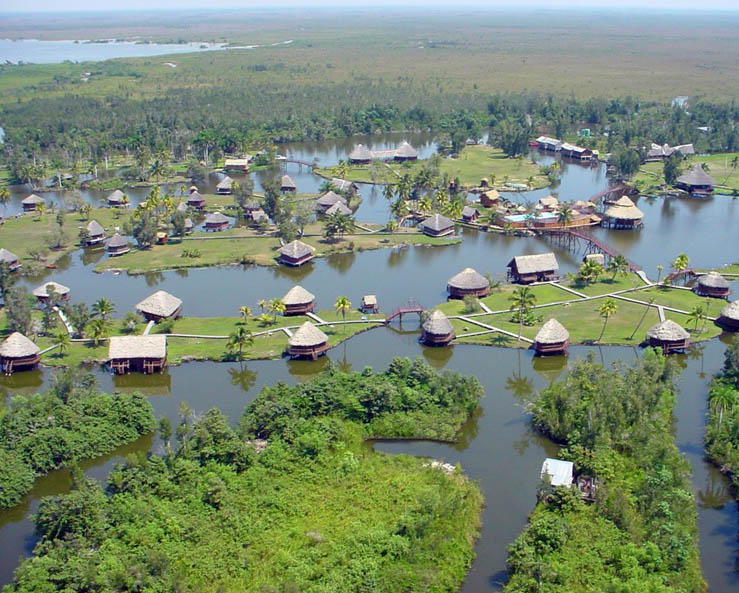
La Cienaga de Zapata Biosphere Reserve La Cienaga de Zapata
The Ciénaga de Zapata National Park contains extensive and varied ecosystems that range from mangrove forests, seagrass beds, coral reef barriers and deep reefs to the Cazones Gulf, an underwater canyon region where one can find large groups of porgies and groupers.

Cómo ir a la Ciénaga de Zapata Descubriendo la naturaleza cubana
At over 6,000 square km, the Ciénaga de Zapata Biosphere Reserve is the Caribbean's largest protected area and the best-preserved wetlands in the Antilles. The Ramsar Convention of Wetlands declared it a Wetland of International Importance in 1971 and by 2001 an additional 4,520 square km of the peninsula was declared a Ramsar Site.
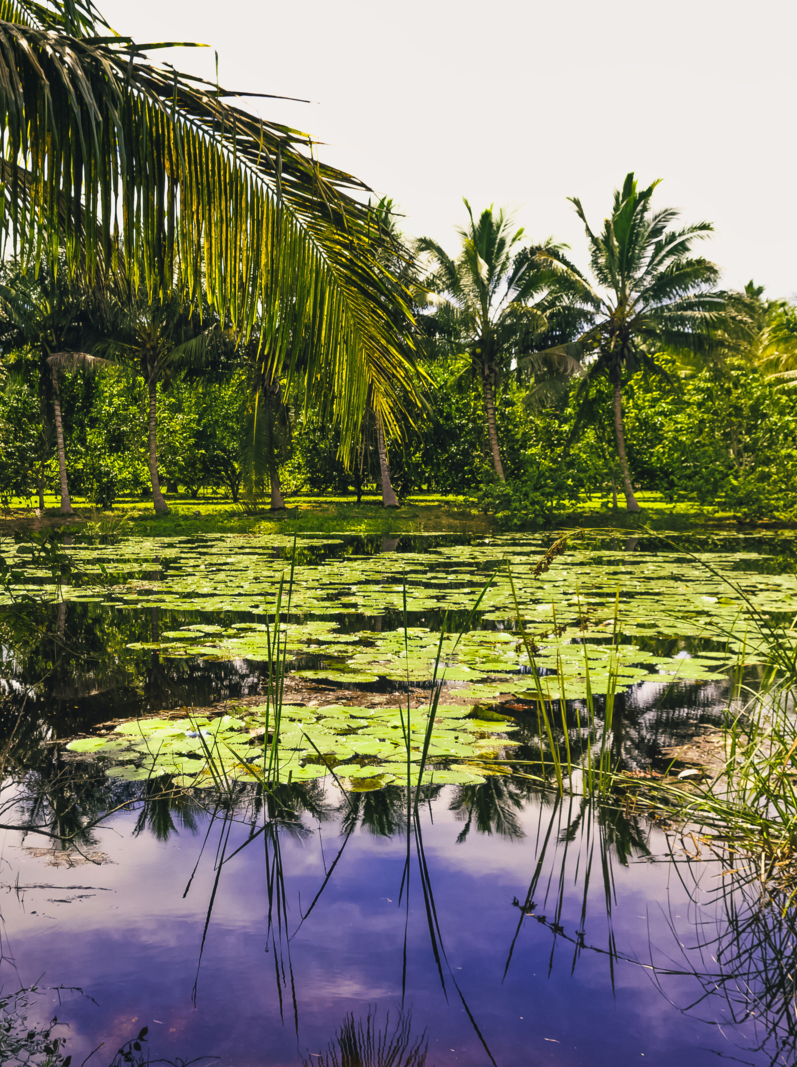
Explorar la Ciénaga de Zapata para descubrir su fauna Evaneos
La Cienaga de Zapata is located on the southern coast of Cuba at Matanzas province. La Cienaga de Zapata Biosphere Reserve covers 628,171 hectares. It is one of the biggest and most relevant fens in the Caribbean zone with a marine southern limit. La Cienaga de Zapata was indicated as Ramsar site in 2001. This area is a batch biosphere reserve.

Cómo ir a la Ciénaga de Zapata Descubriendo la naturaleza cubana
La Ciénaga de Zapata, se encuentra en la península de Zapata, en la provincia sureña de Matanzas, Cuba. Se encuentra a menos de 150 kilómetros (93 millas) al sureste de La Habana. Ciénaga de Zapata representa también un municipio, el más grande de Cuba con 4,162 km2.
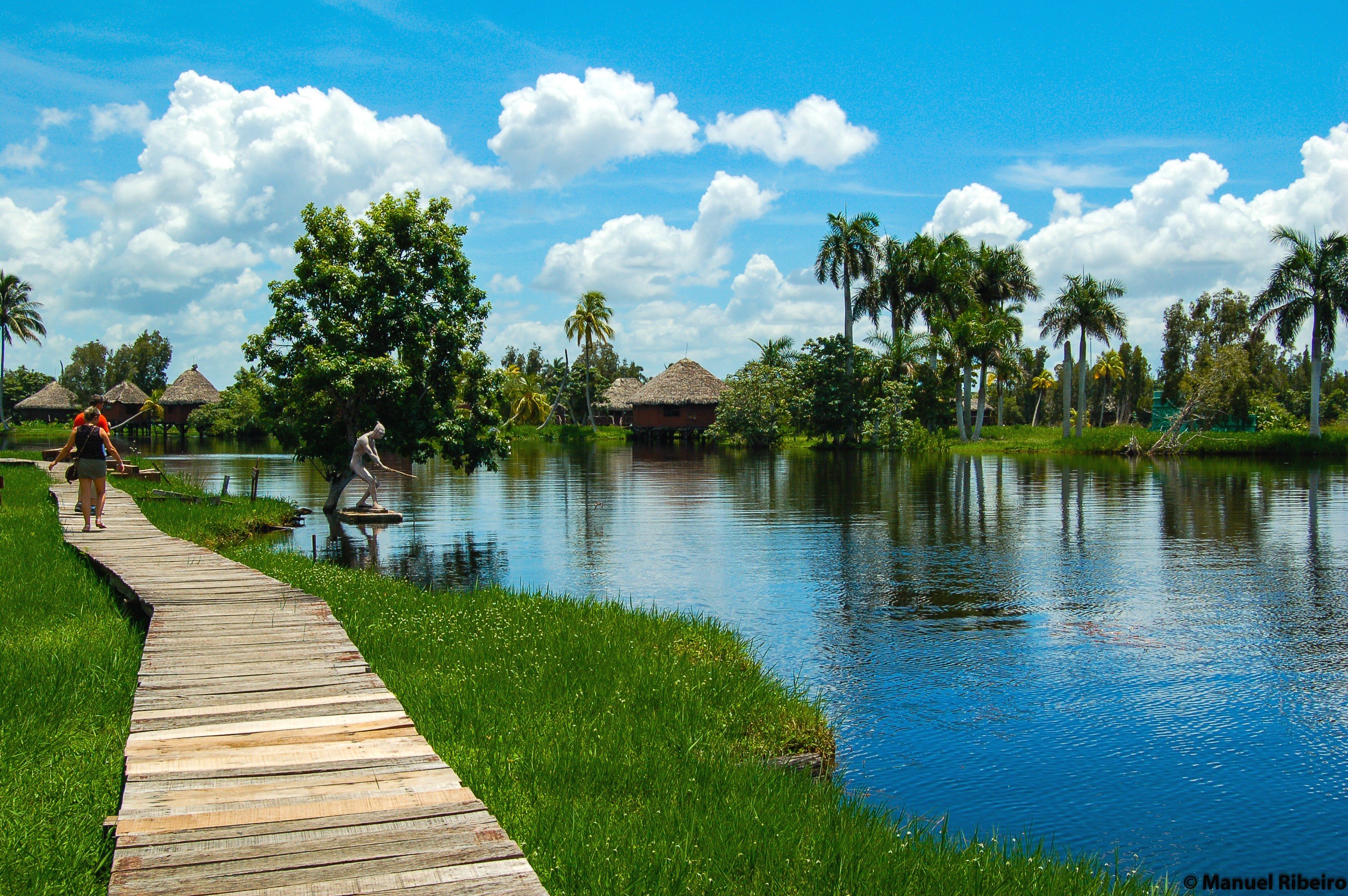
What to see in La ciénaga de Zapata?
La Ciénaga de Zapata es un ecosistema pantanoso, ubicado en la península homónima, perteneciente a la provincia de Matanzas en Cuba. Es el mayor humedal del Caribe insular con un espacio aproximado de unas 300 mil hectáreas.